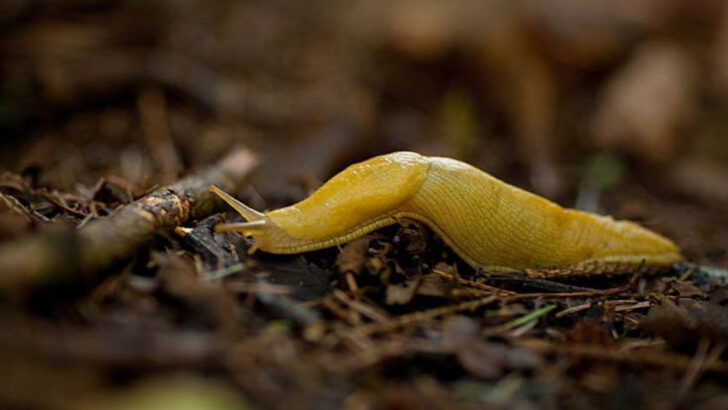Redwood National Park isn’t just home to towering trees—it’s home to things that bite.
Beneath those majestic giants lurk creatures with claws, fangs, venom, and very little interest in your hiking itinerary.
Sure, the forest looks peaceful. Until something rustles the bushes and your inner caveman starts screaming run.
From sneaky snakes to bears with serious attitudes, this place isn’t just a postcard—it’s wild in every sense of the word.
And if you think danger only comes in large, furry packages, wait ‘til you meet the flying, stinging ones.
So pack your snacks, lace your boots, and for the love of nature… stay alert.
The redwoods aren’t trying to hurt you—
but some of their residents?
Well, they’ve got teeth.
Black Bears
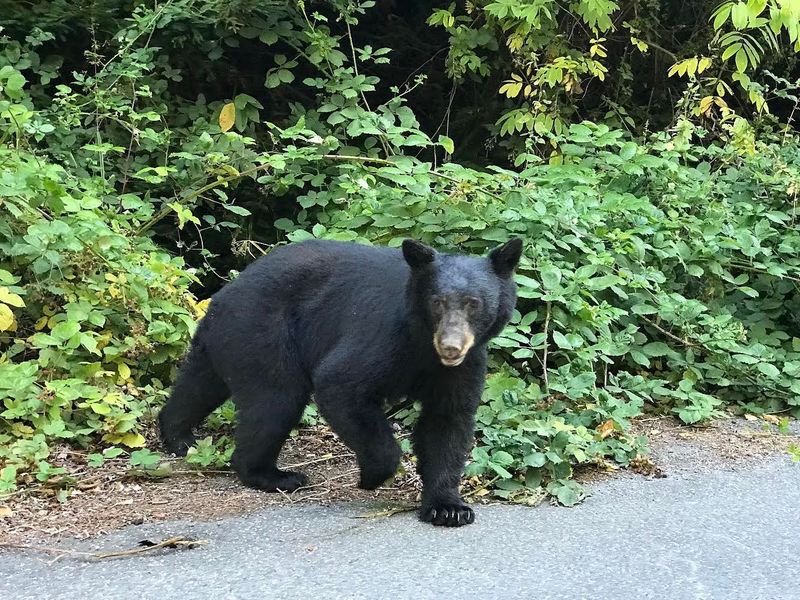
Ambling through the lush greenery, black bears are a common sight in Redwood National Park. These creatures, while generally timid, can become a threat if they feel threatened or if their cubs are nearby. It’s essential to stay calm and back away slowly if you encounter one.
These forest giants are opportunistic feeders, scavenging for anything from berries to insect larvae. Make sure to store food securely and dispose of waste responsibly to avoid attracting them. Their curiosity can sometimes lead them close to campsites, so always be vigilant.
Remember, admiring from a distance is the safest way!
Mountain Lions
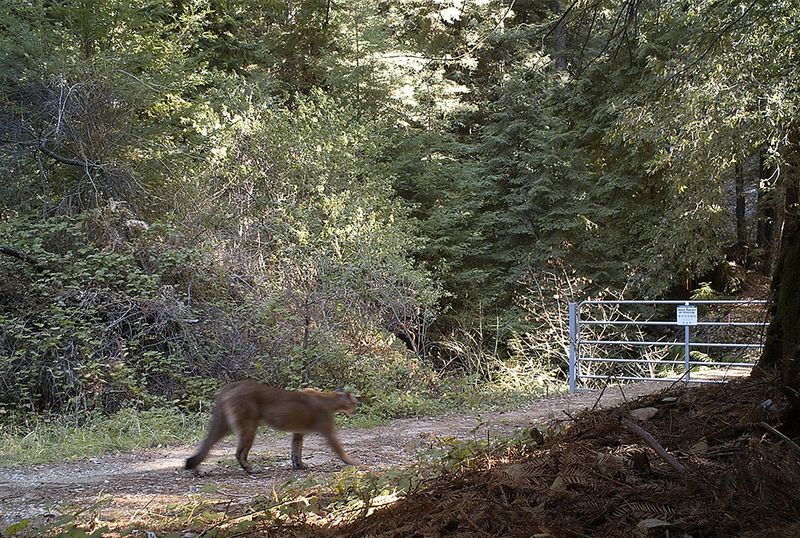
With their sleek, powerful bodies, mountain lions are the silent hunters of the park. They usually avoid humans, but encounters, though rare, can be dangerous. If you see one, make yourself appear larger and make noise to deter it.
These majestic creatures have a keen sense of stealth, often stalking their prey silently. While hiking, keeping children and pets close is crucial as they might see them as potential prey.
Their presence adds a wild charm to the park, a reminder of the untamed nature that resides within those ancient trees.
Rattlesnakes
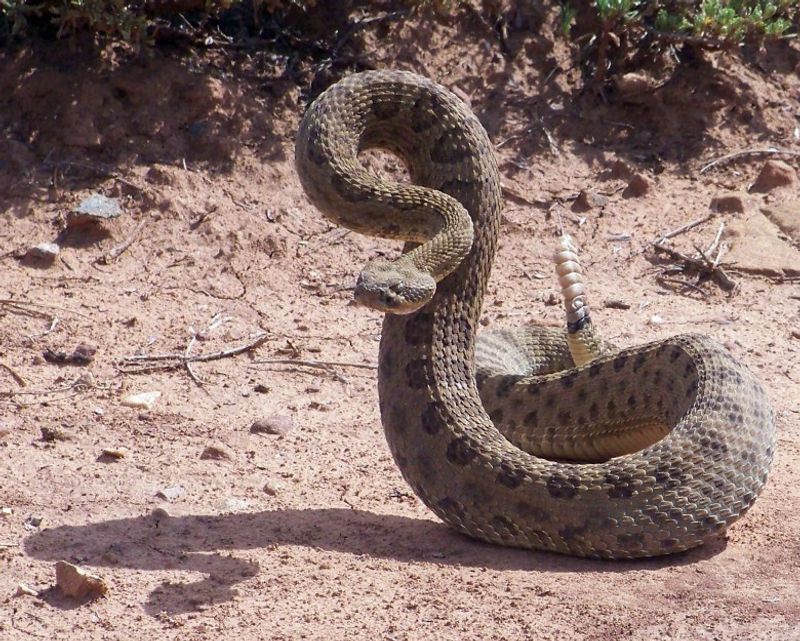
As you tread the sun-dappled trails, be wary of the subtle, ominous rattle that might signal a rattlesnake’s presence. These reptiles, when provoked, defend themselves with a venomous bite. Listening for their warning rattle can prevent accidents.
Rattlesnakes blend seamlessly into their surroundings, often basking on warm rocks during sunny days. It’s advisable to stick to the trails and avoid tall grasses where they might be lurking.
Admire their beauty from afar, and always wear sturdy boots to protect your feet from any unexpected encounters.
Roosevelt Elk
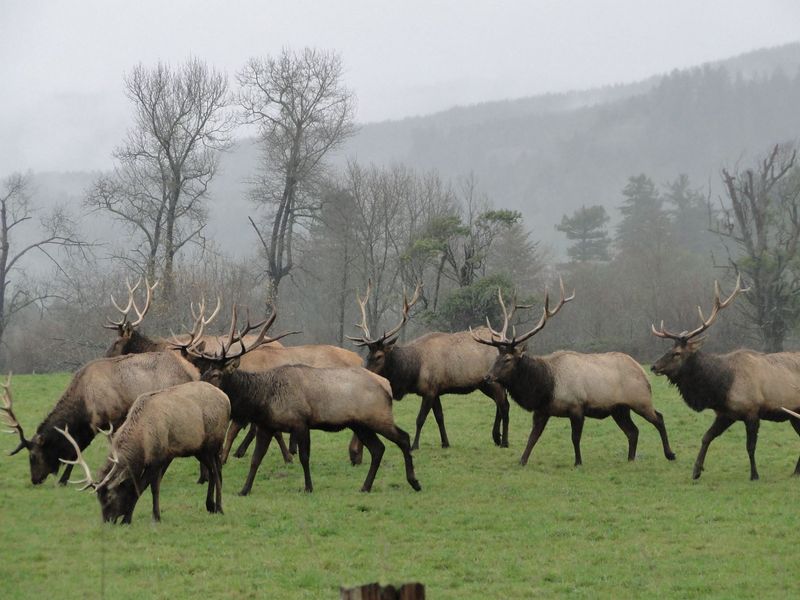
The Roosevelt Elk, with its impressive antlers, roams the park’s meadows and forests. Although they appear gentle, these large animals can become aggressive if they feel threatened, especially during mating season.
These herbivores have an important role in the ecosystem, helping to maintain the balance by grazing. Observing them from a safe distance with binoculars is a treat, allowing you to appreciate their grace and majesty without causing them distress.
When driving, be cautious near meadow areas where elk might cross unexpectedly.
Coyotes
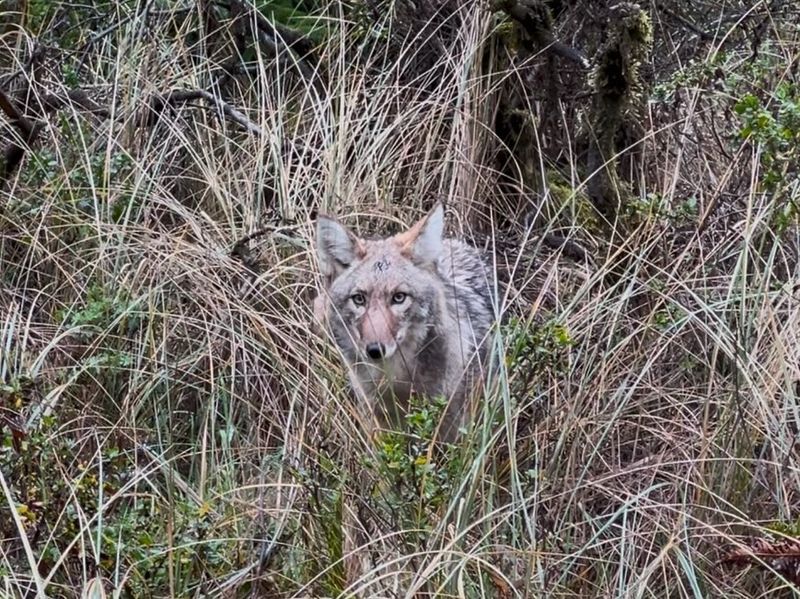
Coyotes, with their sharp eyes and curious nature, are often spotted at dawn or dusk. While they rarely pose a threat to humans, it’s crucial to ensure they do not associate people with food.
These adaptable creatures often scavenge for leftovers, making it important to secure trash and avoid feeding them. This not only protects the coyotes but also preserves the natural balance of the park.
Their haunting calls echo through the forest, a reminder of the wilderness that still thrives in Redwood National Park.
Banana Slug
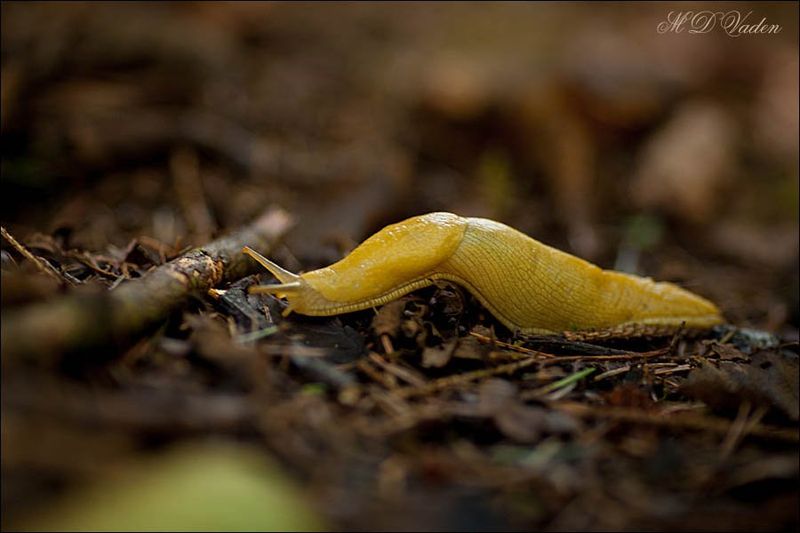
With a slow glide, the banana slug might not appear dangerous but poses a unique risk if touched. Its slime can numb the tongue, so avoid the temptation to taste it!
These mollusks play a crucial role in the park’s ecosystem, helping decompose dead plant material. Observing their bright, distinctive hue from a distance allows you to appreciate their ecological importance.
A fun fact: their slime contains an anesthetic property, a quirky feature that has intrigued many naturalists over the years.
Ticks
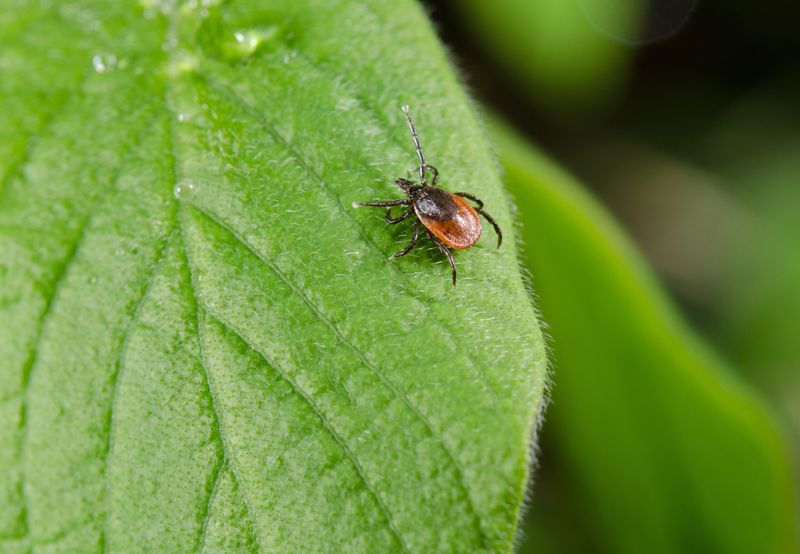
Tiny but troublesome, ticks lurk in the grassy and wooded areas. They can carry Lyme disease, making it vital to check for them after exploring the park.
Wearing long sleeves and pants can help protect against these tiny bloodsuckers. After your adventure, a thorough tick-check can prevent any unwanted hitchhikers from coming home with you.
These little creatures remind us of the detailed care needed to safely enjoy the beauty of Redwood National Park.

